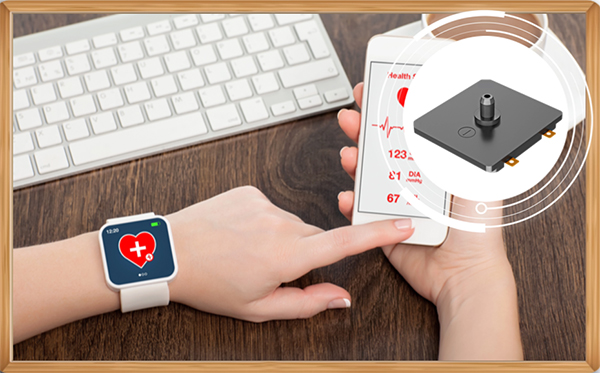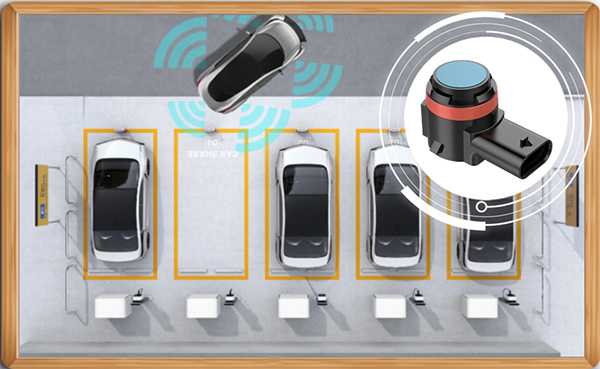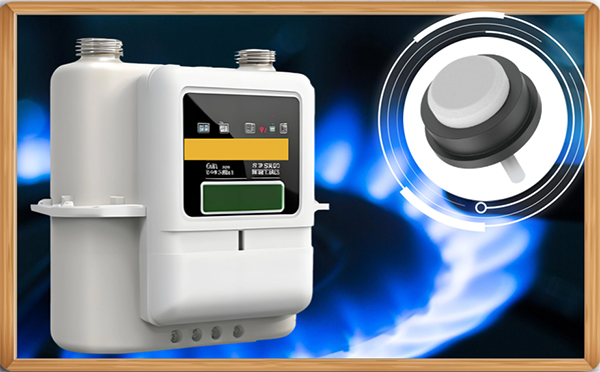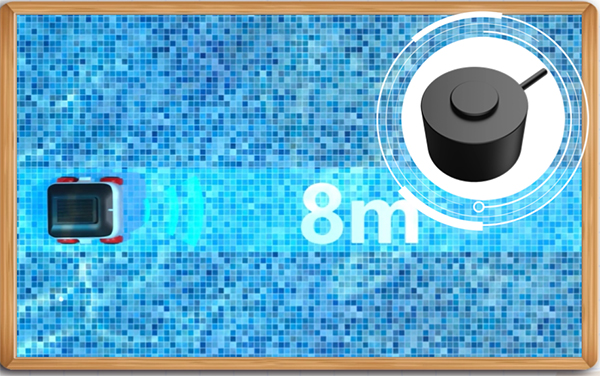September is here again, with autumn whispers in the air and thoughts turning to the gratitude we hold for our teachers. Did you ever sit in a classroom, wondering where those formulas and laws would eventually find their use? This Teacher's Day, let's revisit the science of sound—not just as a memory, but as a discovery: this knowledge has already woven itself into our reality, becoming an indispensable part of technology.
Ding, ding, ding~
Class is in session. Please take your seats, and let's begin.
Lesson 1: Human Auditory Perception and Ultrasound
The frequency range of sound perceptible to the human ear is 20 Hz to 20,000 Hz. Sound waves with frequencies higher than 20,000 Hz are called Ultrasound, which lies beyond the upper limit of human hearing, making it silent and unobtrusive.
Application Product: Piezoelectric Pump
Its resonant frequency is 24.5 ± 2 kHz, falling within the ultrasonic range. It operates quietly and considerately, ensuring it doesn't disturb peaceful slumber.

Lesson 2: Echo Ranging and the Sound Wave Formula
The formula for calculating distance using echoes is S = v × t / 2. Distance is derived using the Time of Flight (ToF) of the sound wave round trip, with the core formula being: d = (v × t) / 2.
Application Product: AK2 Ultrasonic Sensor
This product supports coded frequency modulation, enabling switching between near and far distance measurement. It is widely used in scenarios such as automotive intelligent driving and high-precision positioning.

Lesson 3: Resonance Phenomenon
When the frequency of an object's driving force equals the system's natural frequency, the amplitude reaches its maximum. This phenomenon is called Resonance. At the resonant frequency and wavelength, even small periodic vibrations can generate significant oscillations.
Application Product: Smart Atomizer
It utilizes ultrasonic high-frequency vibration to induce aquaresonance, atomizing liquid into micron-sized particles for efficient humidification.

Lesson 4: Relationship Between Speed of Sound and Medium
The Speed of Sound varies depending on the medium it travels through—approximately 340 m/s in air, for example. Different gas compositions also affect the speed of sound.
Application Product: Ultrasonic Gas Flow Transducer
It employs novel composite materials to enhance acoustic wave transmission capability, achieving high-precision flow monitoring for various gases.

Lesson 5: Speed of Sound in Water and Ranging
Unlike light, which refracts in water, sound waves travel through water at a speed of approximately 1500 m/s (about 4 times the speed of sound in air) and offer high detection accuracy.
Application Product: Ultrasonic Underwater Sensor
It achieves a ranging distance of 8 meters with a blind zone of only 6 cm, providing accurate and reliable performance that meets the spatial detection needs of various underwater robots.

The acoustic principles our teachers once explained are now quietly transforming our lives in the form of technological products. On this special day, we not only revisit knowledge but also pay tribute to every teacher who passed on the torch, illuminating paths ahead.
May every lesson echo into the future.









 Focus on us
Focus on us